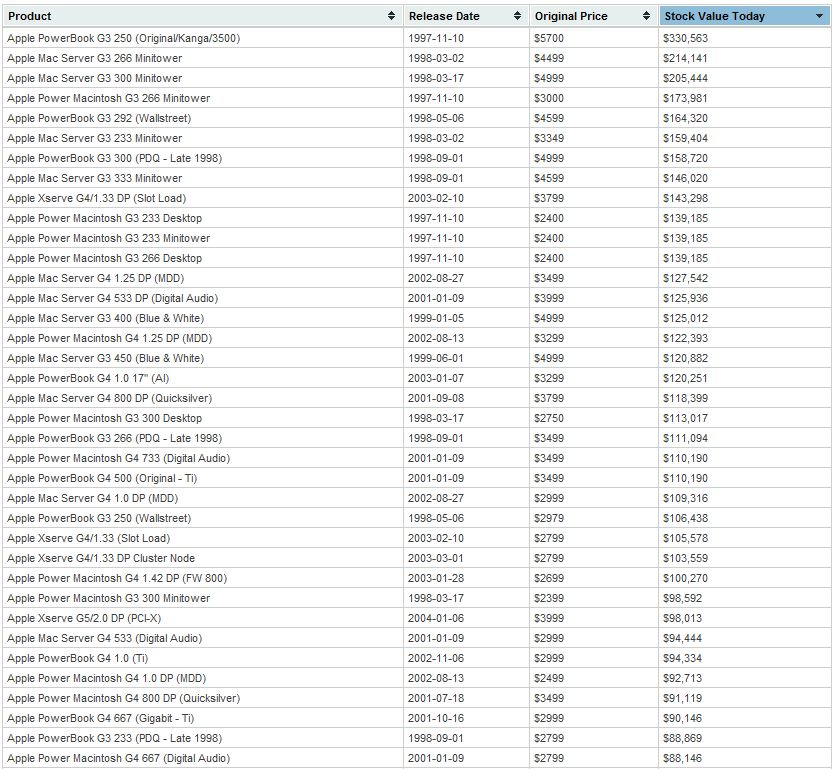Here’s a well produced, hour-long documentary on statistics and their presentation, from the BBC: The Joy of Stats. It features the effervescent Swedish statistician and global health researcher, Hans Rosling.
If you don’t have a full hour for it, here are the section starts that you can jump to:
7:00 Crimespotting – San Francisco crime reports mapped online – “making citizens more powerful and the authorities more accountable”
11:30 The historical origins of modern statistics – from Sweden in 1749
16:30 The importance – and weakness – of the use of the average (vs. variation and distribution)
20:00 Types of distribution
24:00 Pioneers of statistical graphics – Florence Nightengale and the polar area graph; the all-important British graph of Crimean war deaths
27:00 Contemporary data designers and the ‘billion pound’ graphic
28:30 Rosling’s animation of global health data in real space
33:30 Correlations – and how they can be silly
37:30 The information explosion – the zettabyte – and how computers are crunching it
40:20 Google and statistical language translation
46:00 Instrumenting the earth, mapping the universe
53:00 Data driven science vs the old hypothosis-driven
54:00 The statistics of feelings – data patterns of our thoughts and emotions




